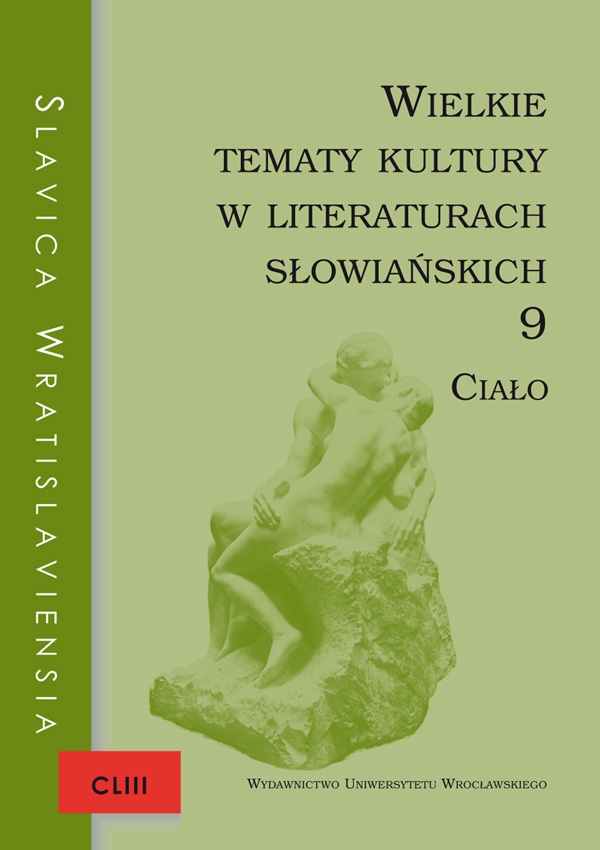

Artykuły

When the woman „loses her form.” Literary vision of physiology of pregnancy as exemplified in Kaśka Kariatyda by Gabriela Zapolska and Vzpoura by Božena Viková-Kunětická
The Belle Époque was a period, when the topics, that until this moment had been recognised as taboo, entered the literature for example illegitimate children, abandonment of child, abortion and infanticide. The most frequent social problem associated with maternity in that time were unmarried mothers. Usually they originated from working class and were oppressed because they broke customary standard. The paper is about two personages from books written at the end of the 19th century by Polish and Czech women writters. They were interested in the situation of young pregnant and un-married women. Both of them write about transformation of woman’s pregnant body and analyse, how it affects their thinking about maternity and their unborn children. On the other hand, these stories are also about social marginalization of the illegal mothers and about awakening femininity by labour pains. Kaśka Kariatyda written by Polish writter Gabriela Zapolska is primarily a story about negligence of sexual education and pregnancy, which leads up to death of eponymous. As antithesis I choosed novel Vzpoura written by Czech writter, Božena Viková-Kunětická. She was convinced that all women are entitled to maternity, regardless of their marital status. Furthermore, she claimed, that the essential factor of femininity are labour pains, and it is the only way for women to understand themselves.